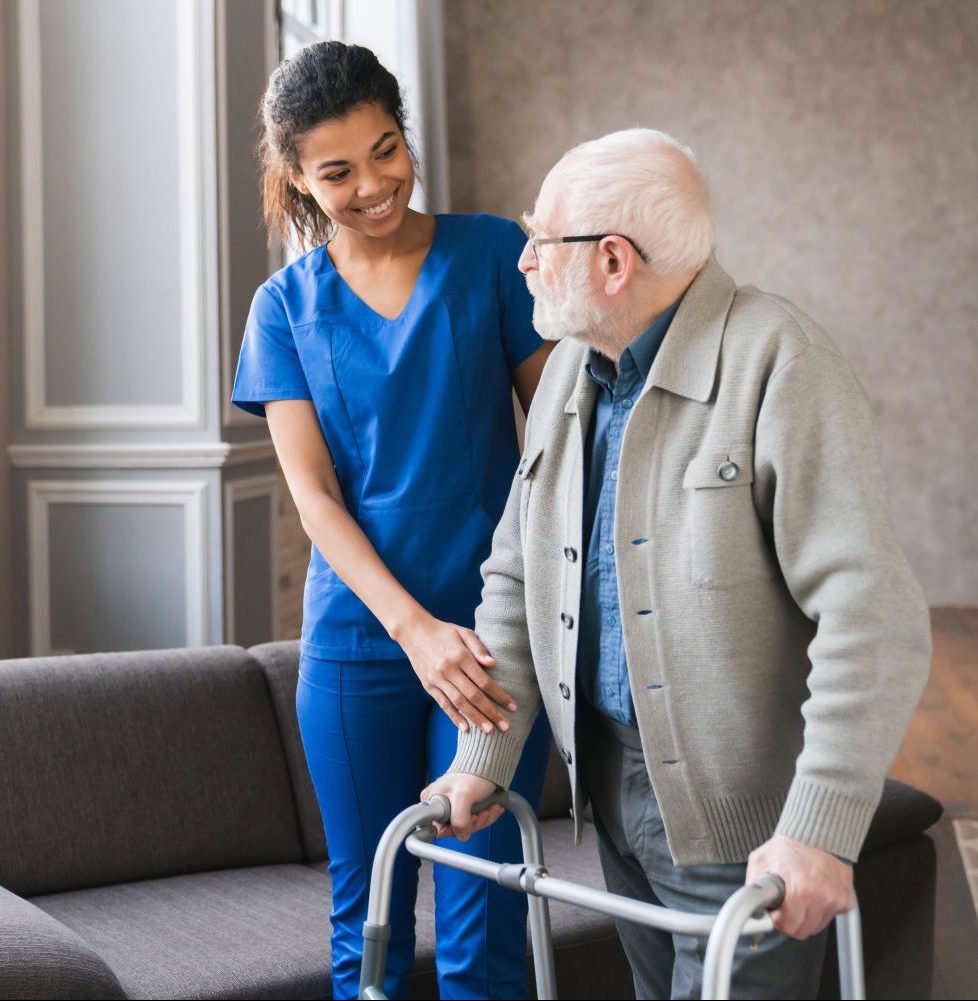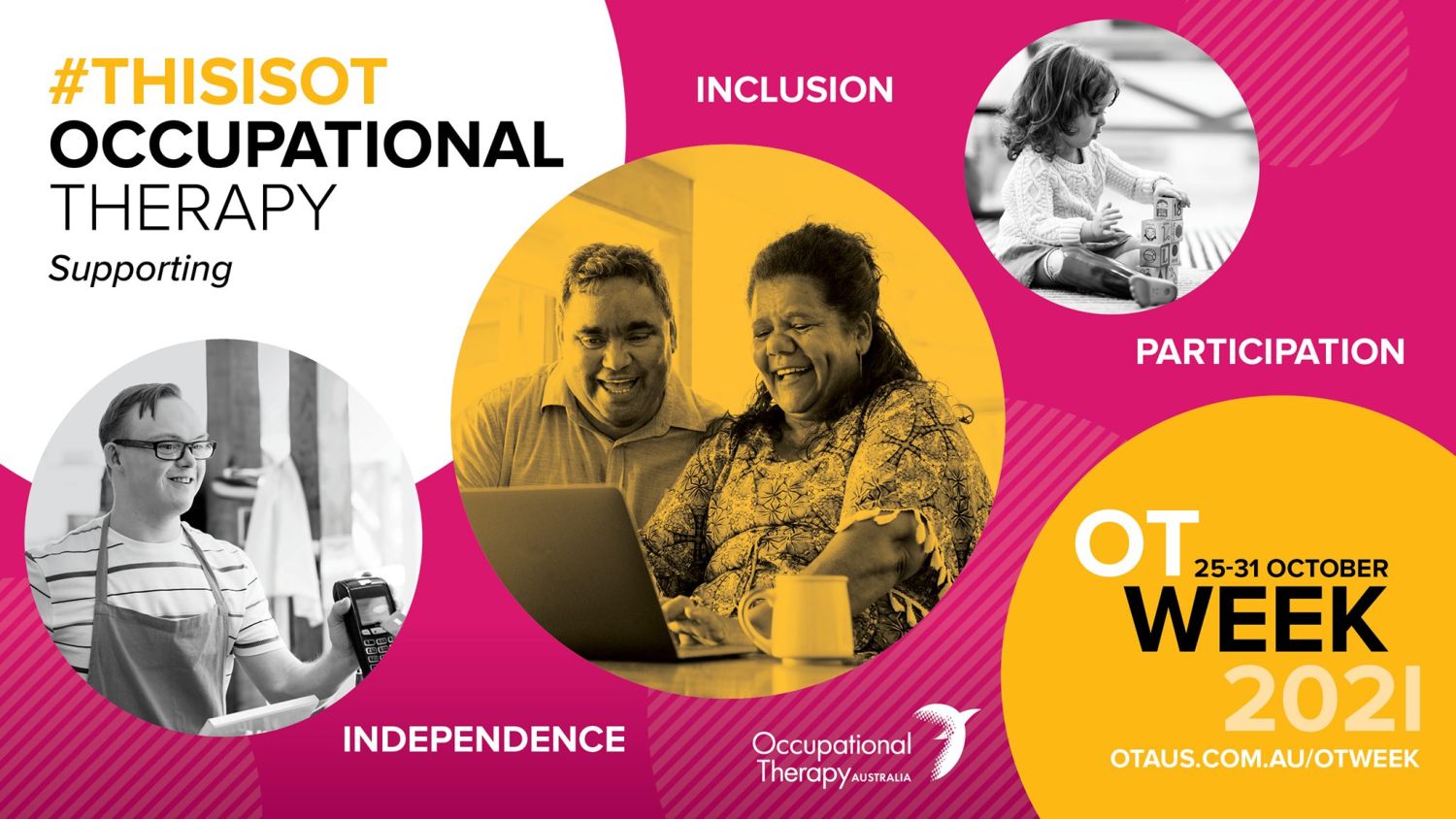
During Occupational Therapy Week we celebrate occupational therapy and promote the many ways occupational therapists help all people to reach their potential. OT Week 2021 is Monday 25 October to Sunday 31 October.
This year’s theme of participation, inclusion and independence celebrates the role OTs play in supporting people in activities they find meaningful.
What does an Occupational Therapist do?
Occupational Therapists (OTs) provides support to people who find it difficult to do meaningful tasks that they really would like to do such as showering, eating, cooking, attending social groups or grocery shopping. An OT will work with you to identify your goals, strengths and difficulties, and provide solutions that can help you remain safe and live independently in your own home. This may include prescribing equipment, recommending home modifications such as grab rails or banister rails and providing education on falls prevention or energy conservation strategies.
Tips on what you can do at home to help prevent falls and injury
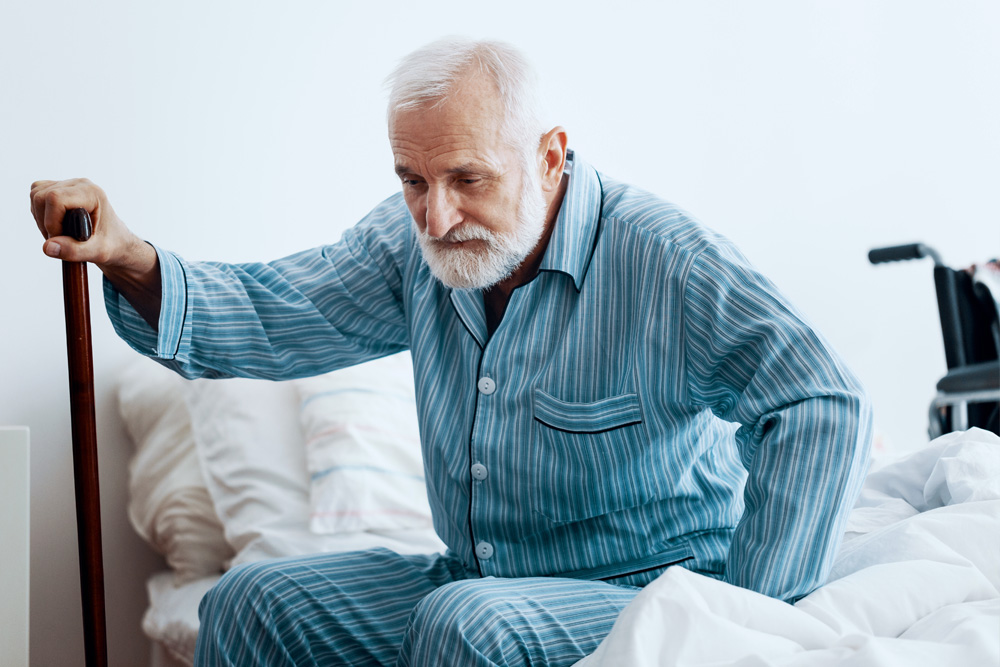
Preventing Falls at home
1 in 4 people over 65 experience a fall each year. Majority of falls happen in and around the home.
Here are some tips and tricks to preventing falls in your home.
- Keep walkways in your home clear of clutter.
- Tape down any exposed cords along the wall to keep them off the floor.
- If your rugs or mats have curled edges, tape them down too or remove them.
- If you have steps or stairs, consider marking the edges with high contrast tape to help you spot the change in levels. You can do this too with changes in floor surfaces.
- Be mindful when wearing clothes or dressing gowns that are too long or loose, as they can get caught on things.
- Keep regularly used items between hip and shoulder height to avoid bending and reaching.
- Get out of bed slowly; this will give your body a chance to adjust to being in an upright position after lying down for a long time.
- Sensor lights for hallways can be useful for night-time toilet trips.
- Give your eyes enough time to adjust when walking behind lighter to darker areas.
- Consider a grab rail or slip-resistant flooring in the bathroom and shower.
- If you have a pet, put a bell on their collar so you can look out for them when they are nearby.
As we age, so do our homes. Our homes go through general ‘wear and tear’. We often find it difficult to identify what needs repair or maintenance because we have lived there for many years. If you notice anything that needs fixing, speak to your local council or My Aged Care about subsidised services you can access to help manage those risks.
My Aged Care: 1800 200 422
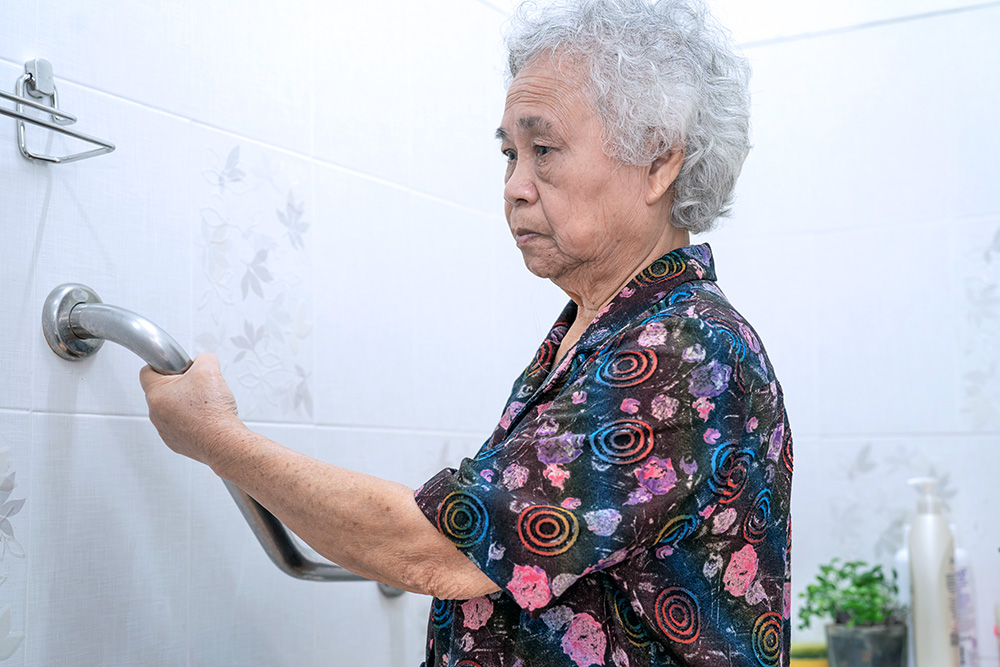
General Safety Check for every home:
- I have a working smoke alarm
- I have a torch handy
- My phone easily accessible
- The doorways clear for emergency services to access my property
Floors:
- I have checked that my rugs and mats have slip resistant backing
- I have secured my rugs and mats to prevent them from curling in the corners
- I keep my floors clear of clutter – including cords
Lighting:
- I have a lamp or a night light near the bed
- The light switches in my home are easy to get to
Stairs and Steps:
- I have something safe to hold on to when going up or down steps
- I can tell where each step starts and stops
- My stairs/steps are clear of pots, plants and other objects
Download the information sheet here
Pacing and Energy Conservation
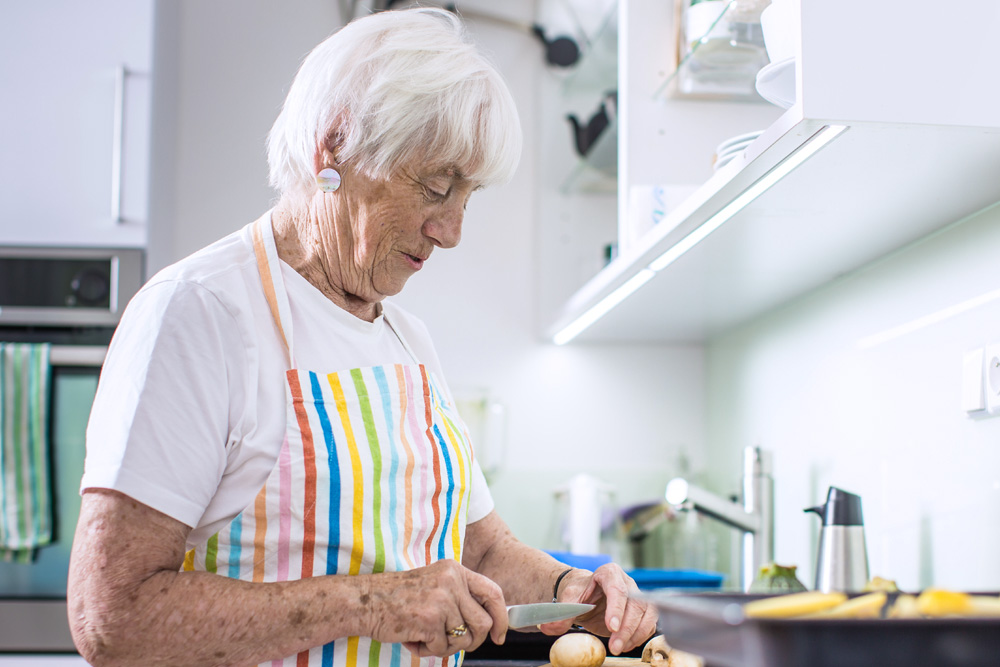
What is Pacing and Energy Conservation?
Pacing and energy conservation involve completing tasks in a way that reduces the amount of energy you use. This will leave you more energy to do activities you want to do and find enjoyable. With practice pacing and energy conservation can also gradually increase the overall daily activity you can do.
Why Pacing and Energy Conservation
Pacing and Energy Conservation can allow you to complete the daily tasks you find important. Pain can change the way we complete tasks day to day. The picture shows the cycle of pain and activity. This cycle can lead to us doing less and less activity over time.
How to do Pacing and Energy Conservation
There are many ways to use Pacing and Energy Conservation strategies in your life. The main ways to remember are the 6 P’s of Pacing and Energy Conservation:
Plan: Plan your day in advance. Understand you energy levels and plan that amount of activity. Ensure you plan regular rests.
Prepare: Prepare for certain tasks to lower the energy needed. For example, pre-cutting your vegetables before cooking.
Prioritise: Be aware of what tasks need to be completed and focus on those for the day. Other tasks can wait until you have more time or having everything you need easy to reach.
Positioning: Good posture and alternating between sitting and standing can help give some muscles a rest while you switch to using others.
Pacing: Break your day or activities into smaller parts with regular rests
Positive attitude: Focus on what you can do, not what you can’t. Celebrate even little victories and improvements
Download the information sheet here
For information on DPV Health’s Occupational Therapy services and programs click here.
Please note, due to COVID-19 restrictions we are not able to provide services to new clients. Our services are due to resume later this year.

 Language
Language
